-
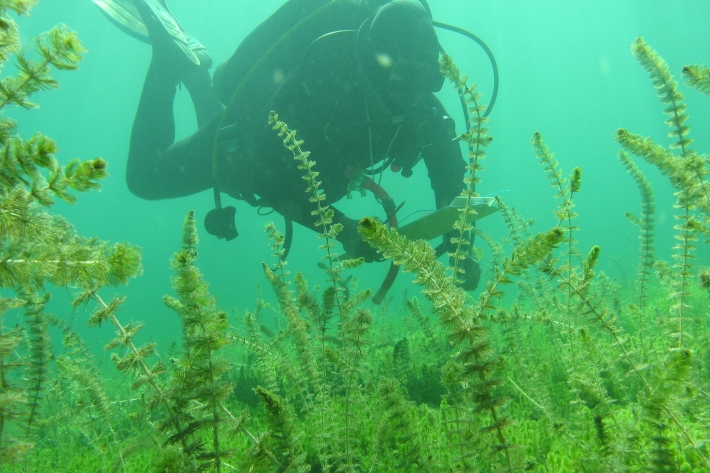
LakeSPI: Keeping tabs on lake health
Software Tool/ResourceFew New Zealand lakes retain their indigenous vegetation, and the condition of many lakes is under threat from land-use changes and the invasion of alien aquatic plants. -
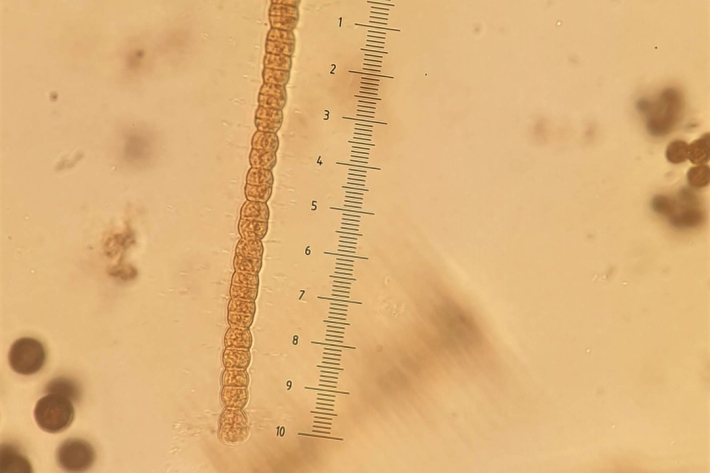
Algal monitoring service
ServiceBlooms of hazardous cyanobacteria (blue-green algae) in rivers, lakes and reservoirs can cause problems for both animal and human health. How can you find out whether an algal bloom is potentially toxic? -

Trace gas datasets
ServiceNIWA makes a range of trace gas data freely available on our FTP site. -
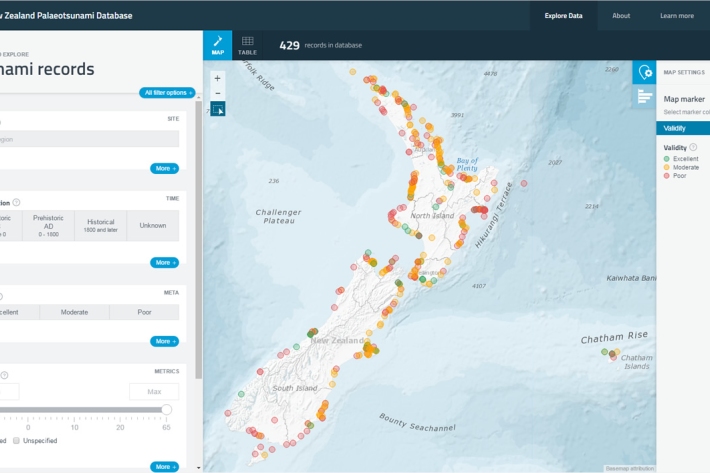
New Zealand Palaeotsunami Database
Software Tool/ResourceThe New Zealand Palaeotsunami Database (Database) brings together all known information about tsunamis that occurred prior to written records. -
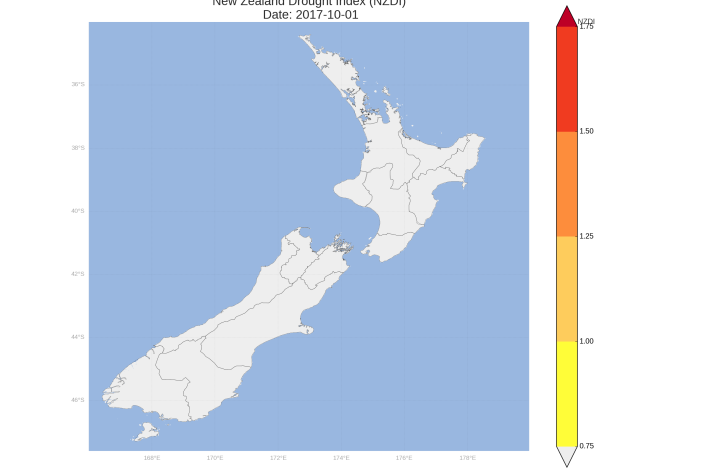
New Zealand Drought Monitor
ServiceThe New Zealand Drought Monitor is a system for keeping track of drought conditions across New Zealand based on a standardised climate index. -
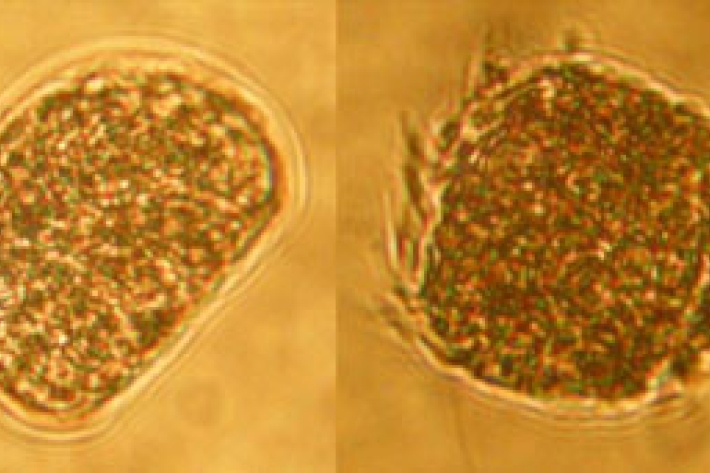
Ecotoxicology services
ServiceNIWA offers a range of standard toxicity tests for both freshwater and marine environments. -
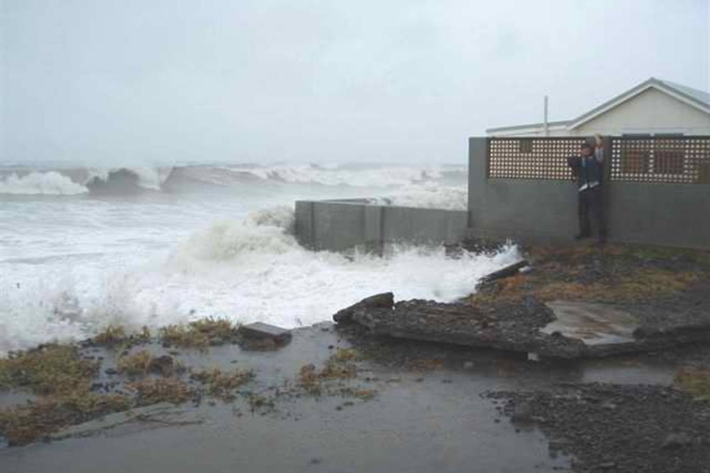
Planning for coastal adaptation
ServiceCoastal risk exposure for New Zealand, adaptation guidance for local government and relevant summaries of previous court cases and Building Act 2004 determinations. -

Kaitiaki Tools
ServiceKaitiaki Tools is a store of knowledge for people who manage natural resources. -
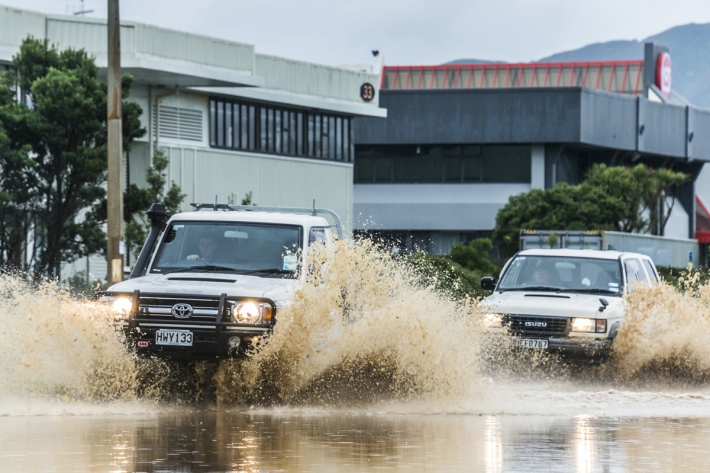
Providing climate change advice for New Zealand
ServiceRegional-scale climate projections assist local authorities to assess risks presented by climate change now and prepare their communities for the future impacts. -
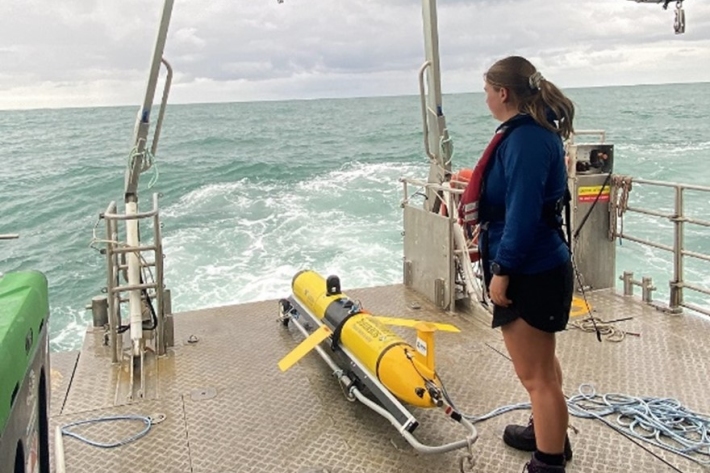
Ocean gliders
ServiceUsing a novel observational platform – ocean gliders—this research will observe and understand subsurface variations in temperature, salinity, oxygen and biological factors in water shallower than 200 metres – what we consider to be the shelf seas. -
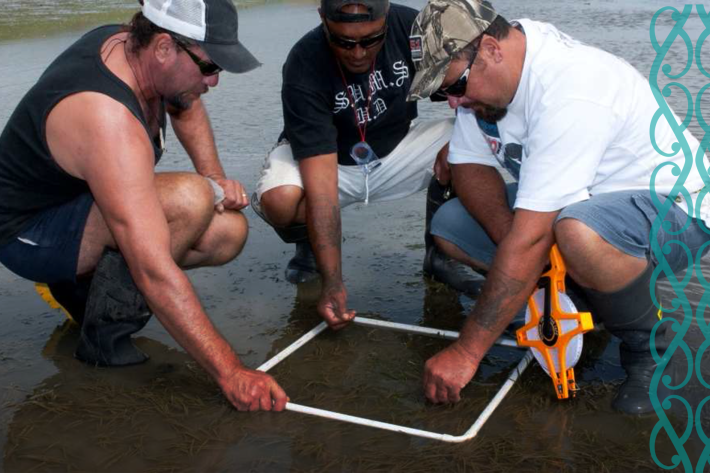
Ngā Waihotanga Iho - The Estuary Monitoring Toolkit
Software Tool/ResourceThe main purpose of Ngā Waihotanga Iho is to provide tools for the public to measure environmental changes that occur in estuaries over time. These changes may occur due to natural processes and/or human activities. -

Aquaculture Environmental assessments
ServiceGrowing global demand for protein and high-value food products from the sea is creating a significant economic opportunity for environmentally responsible and sustainable aquaculture.
